
Author of Becoming Earth @RandomHouse 10+ translations ✵ Contributing Writer @NYTmag ✵ Gardener, baker, naturalist ✵ 🇱🇧🇺🇸🏳️🌈 ✵ Surname rhymes w/ neighbor
How to get URL link on X (Twitter) App


 ~4 billion years ago, Earth was unrecognizable: the sky was likely orange and hazy; the nascent ocean shallow; no continents, only scattered volcanic islands; little to no green.
~4 billion years ago, Earth was unrecognizable: the sky was likely orange and hazy; the nascent ocean shallow; no continents, only scattered volcanic islands; little to no green.
https://twitter.com/ferrisjabr/status/1195078389276655616


 Tree ferns, which have existed for more than 300 million years and were some of the first plants to evolve tree-like forms, can also grow more than 60 feet tall and live for centuries
Tree ferns, which have existed for more than 300 million years and were some of the first plants to evolve tree-like forms, can also grow more than 60 feet tall and live for centuries



 Eight maids a-milking
Eight maids a-milking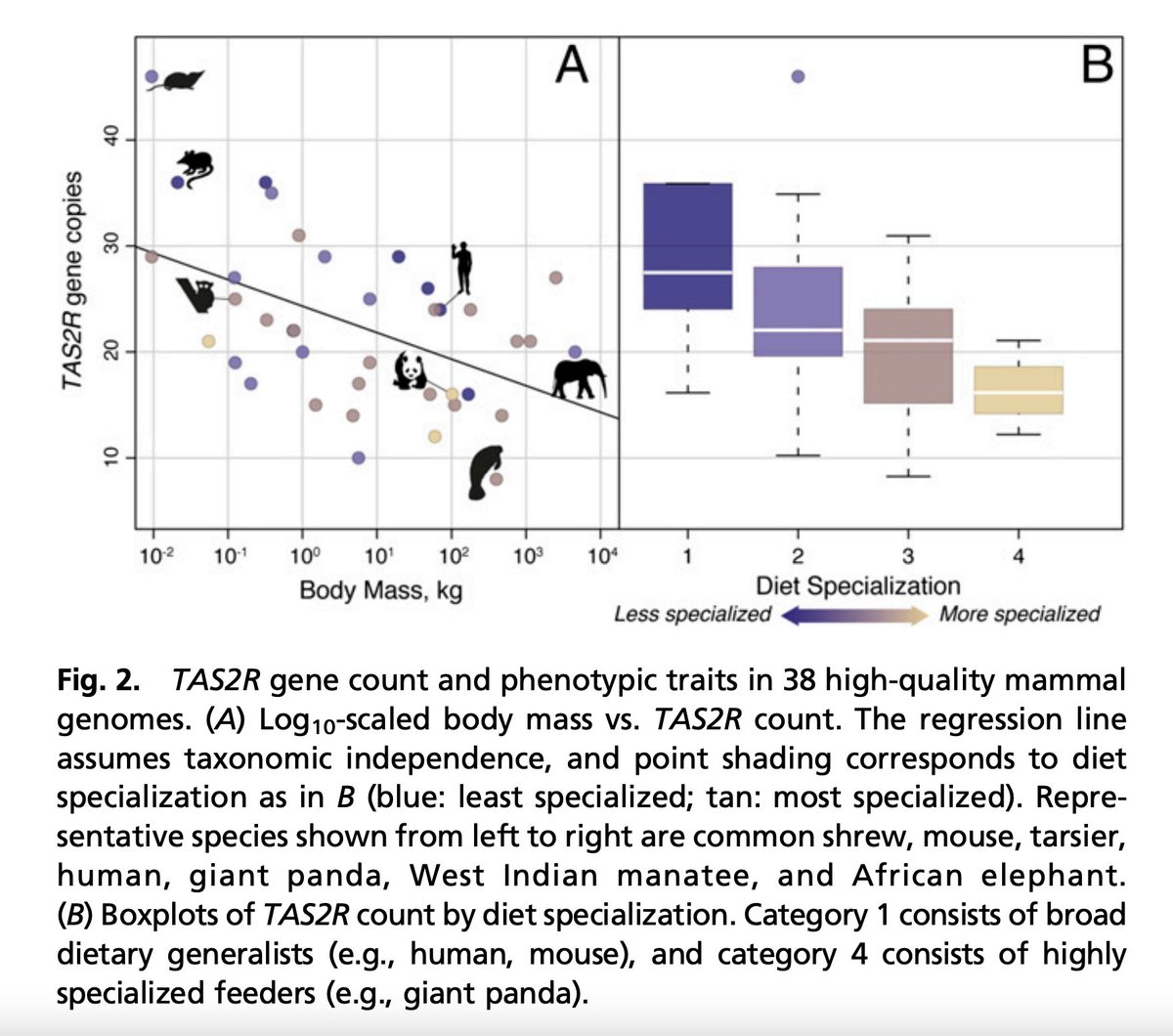


https://twitter.com/RebeccaH2030/status/1395352584018399234In this case, it looks like two beeches (which are partial to inosculation) fused their limbs. Later, the smaller tree's roots/lower trunk were cut away, yet it survived by continuing to exchange water and sugars with its other half. It had already become part of something bigger
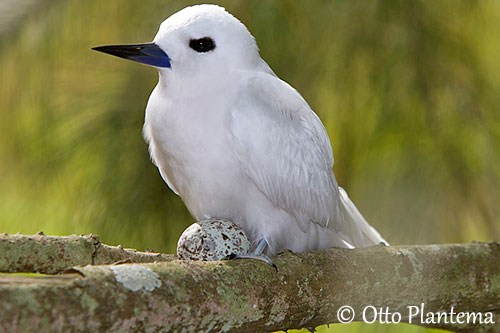
 Red ovenbird
Red ovenbird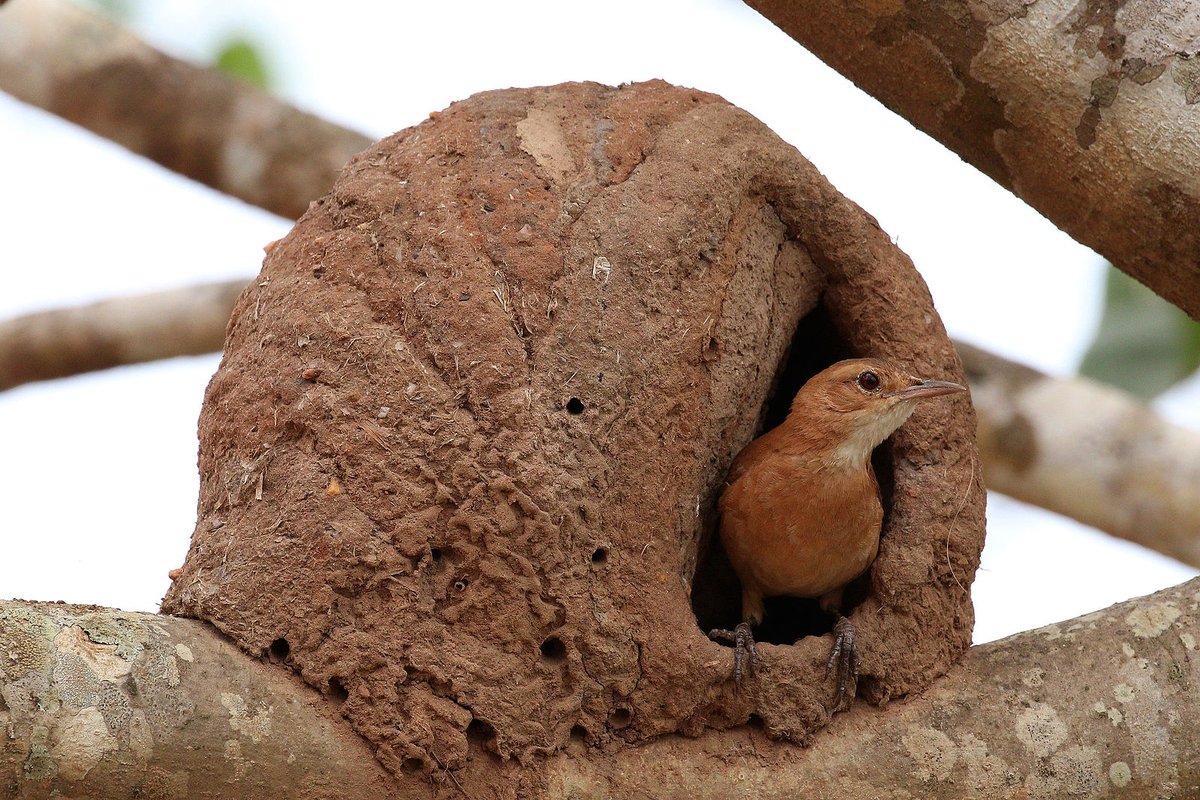



https://twitter.com/DrEricDing/status/1220919589623803905The basic reproduction number (R0) is the average number of secondary infections generated by one infected person in a totally susceptible population #2019nCoV
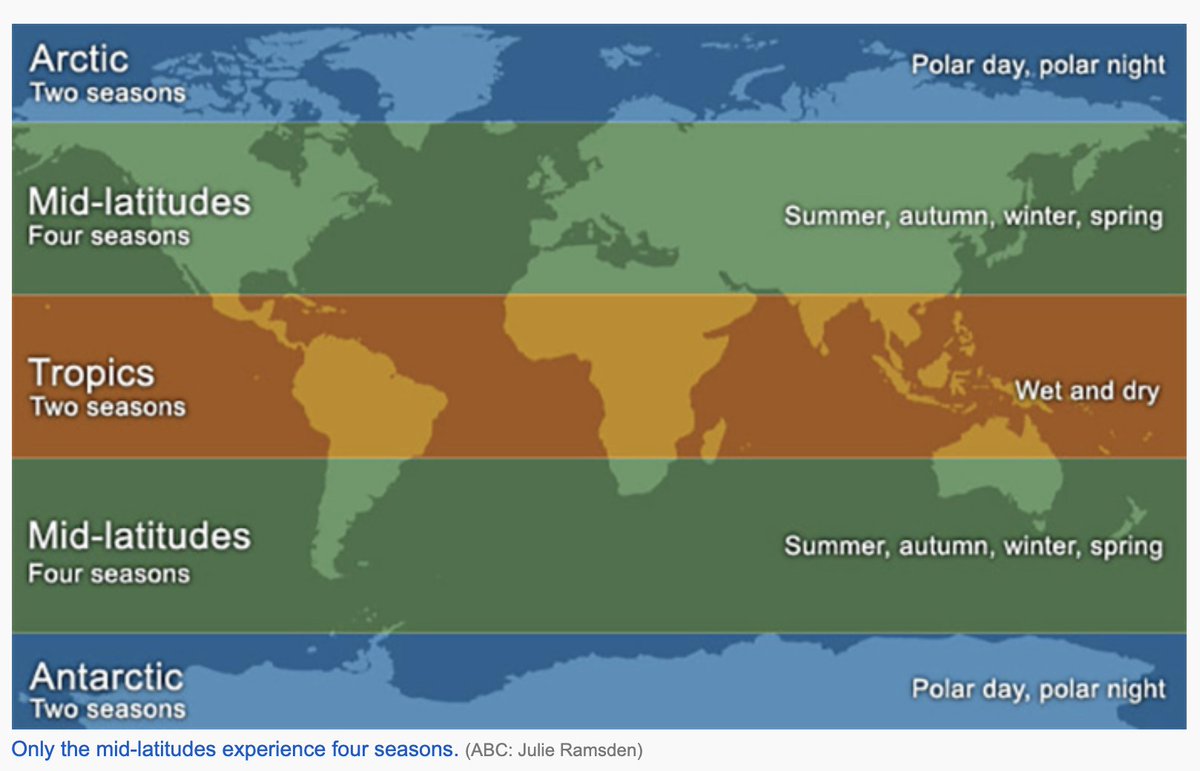
 The Nile dictated three major seasons in ancient Egypt:
The Nile dictated three major seasons in ancient Egypt:
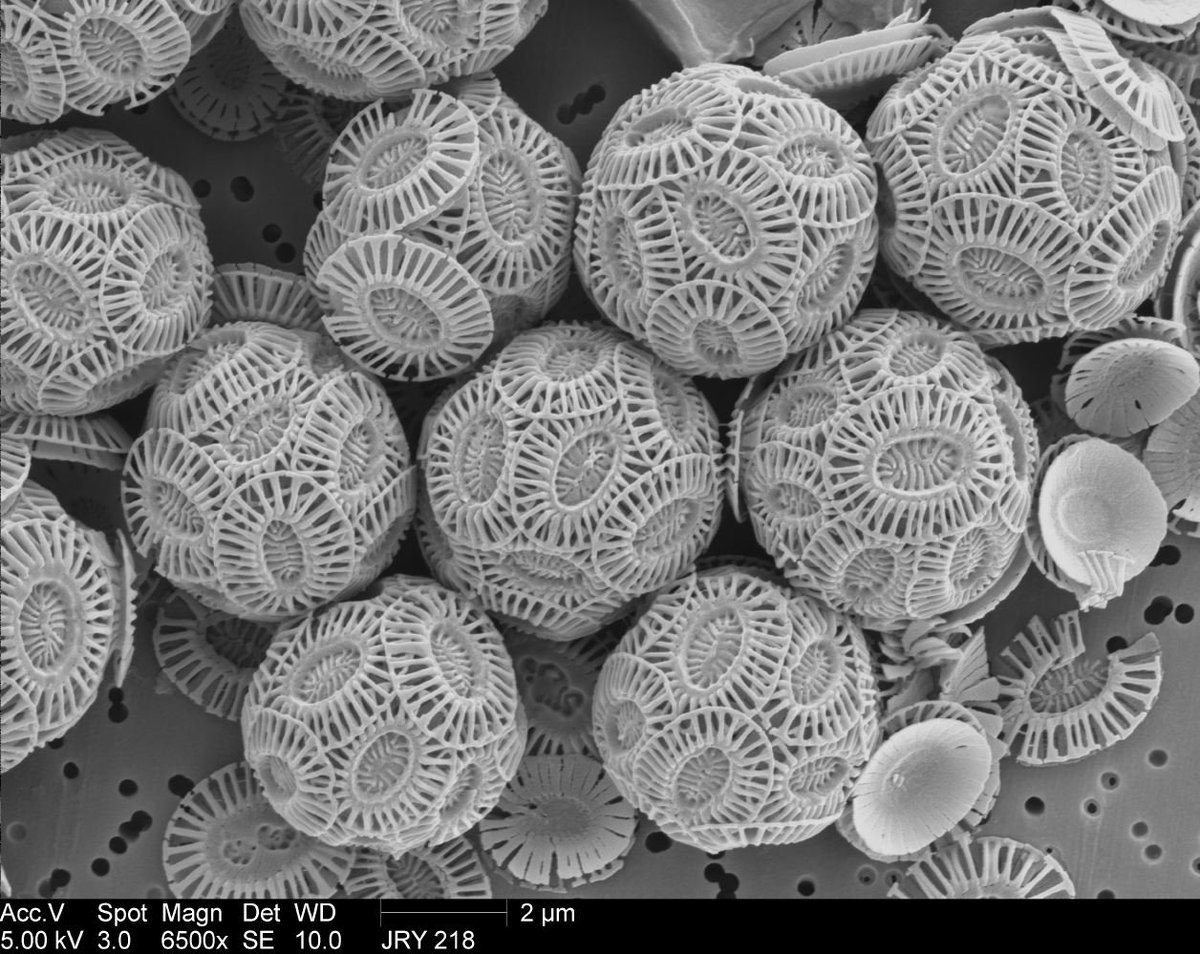
 These tiny photosynthetic creatures, known as coccolithophores, are extremely abundant. When their populations boom they can turn England-sized swaths of ocean an ethereal turquoise—a phenomenon visible from space
These tiny photosynthetic creatures, known as coccolithophores, are extremely abundant. When their populations boom they can turn England-sized swaths of ocean an ethereal turquoise—a phenomenon visible from space 